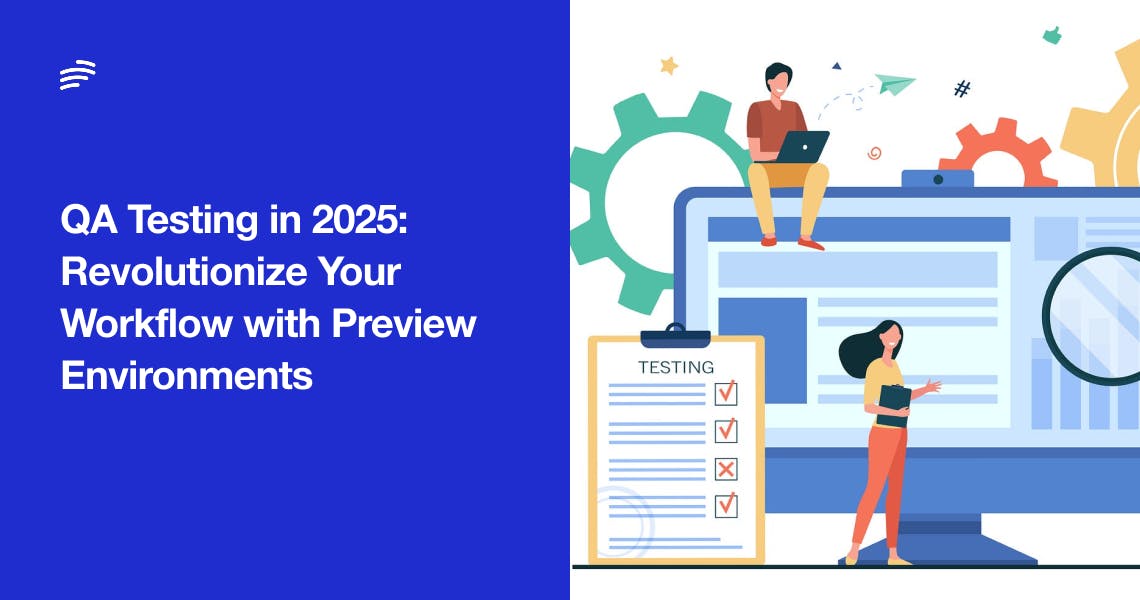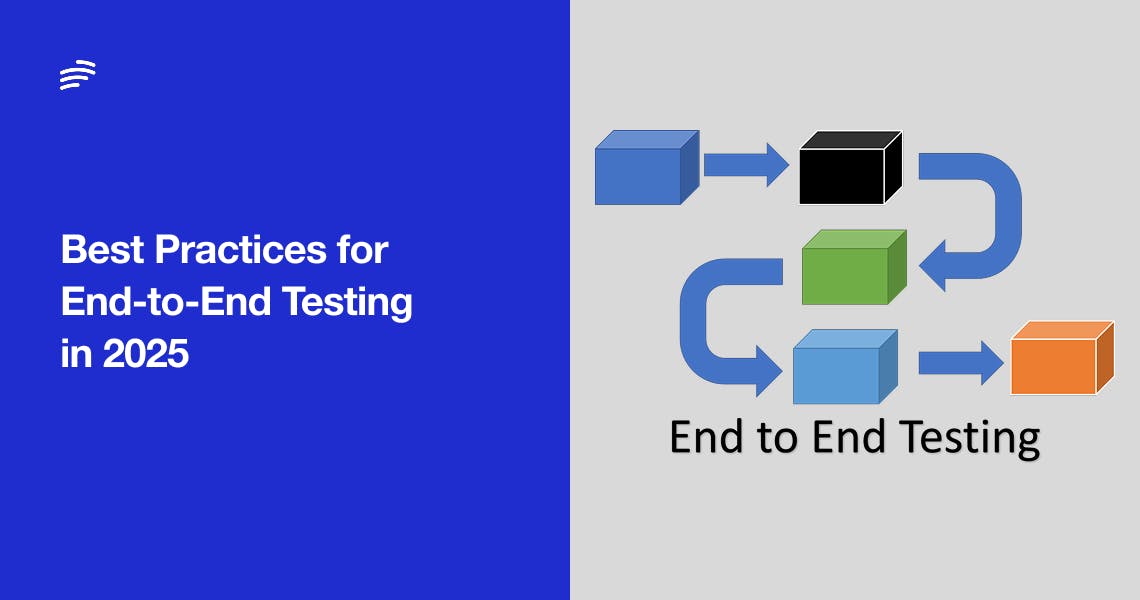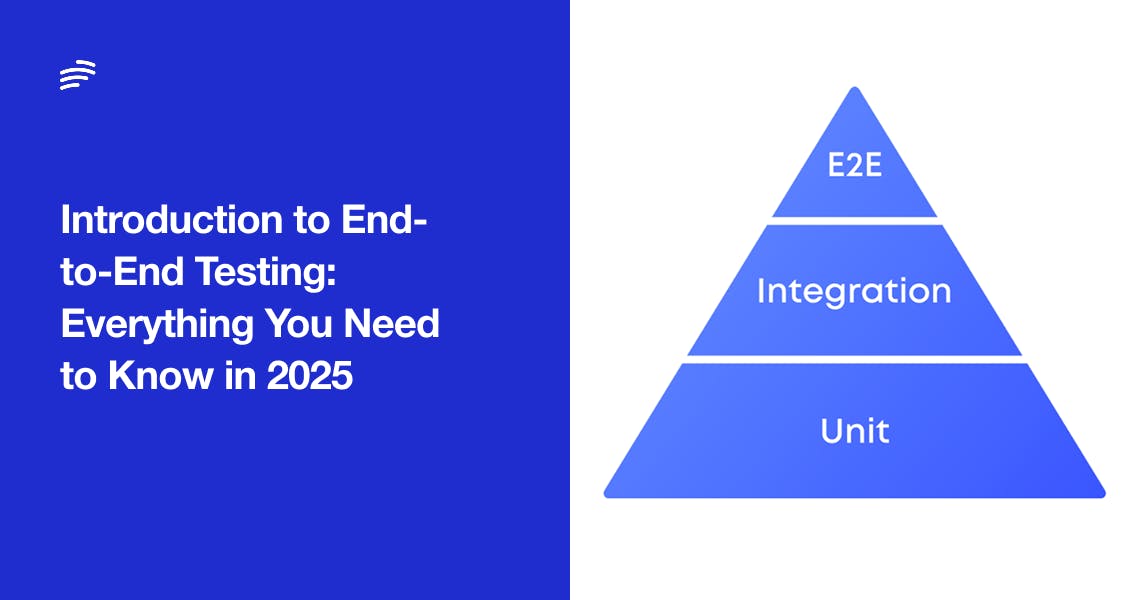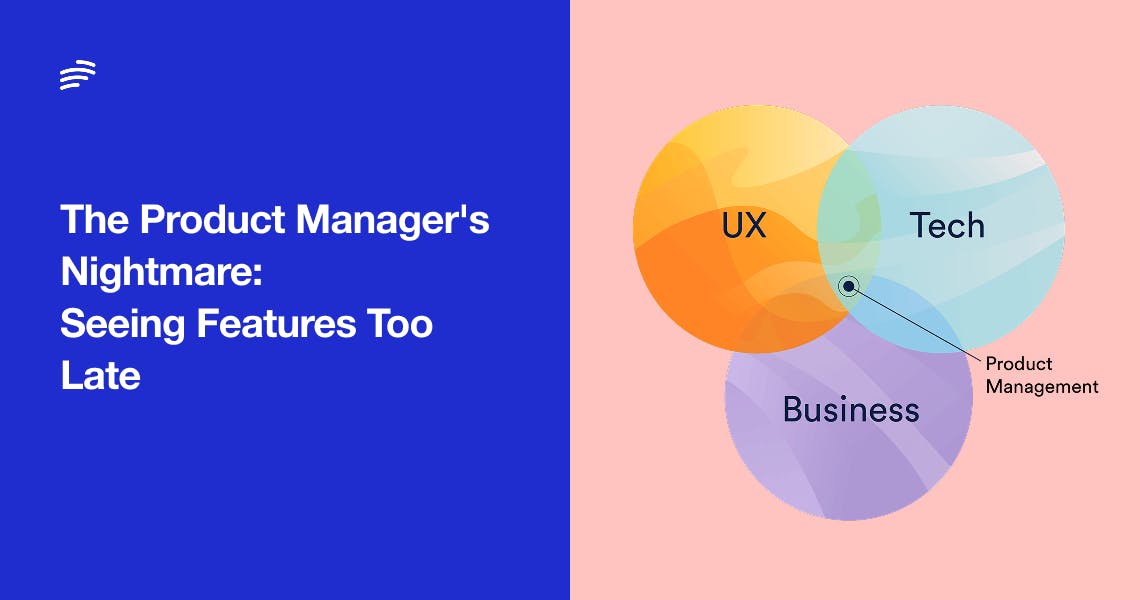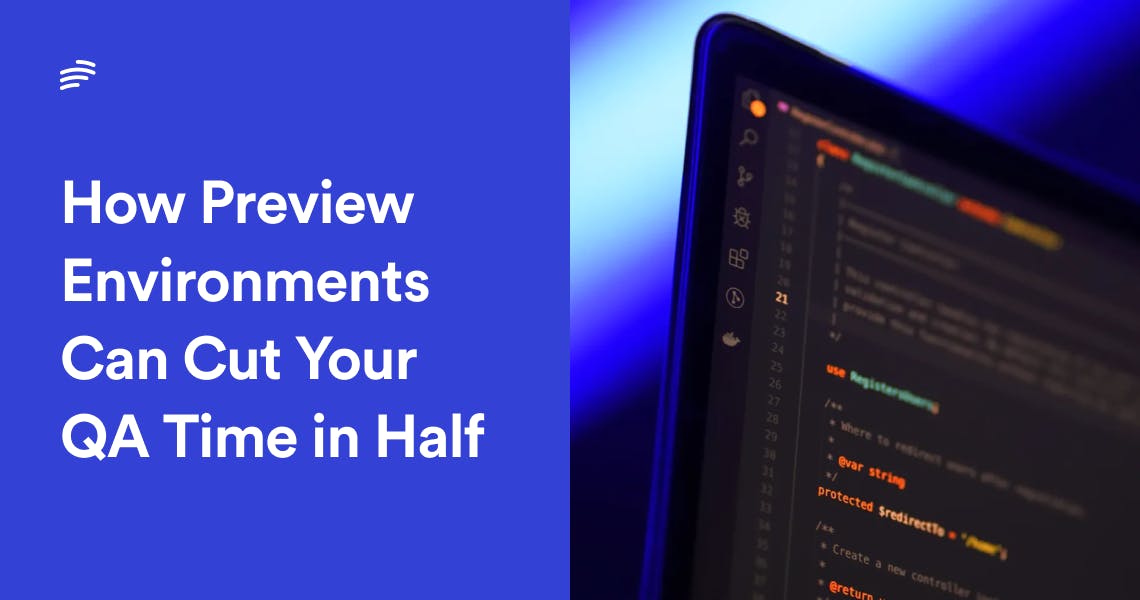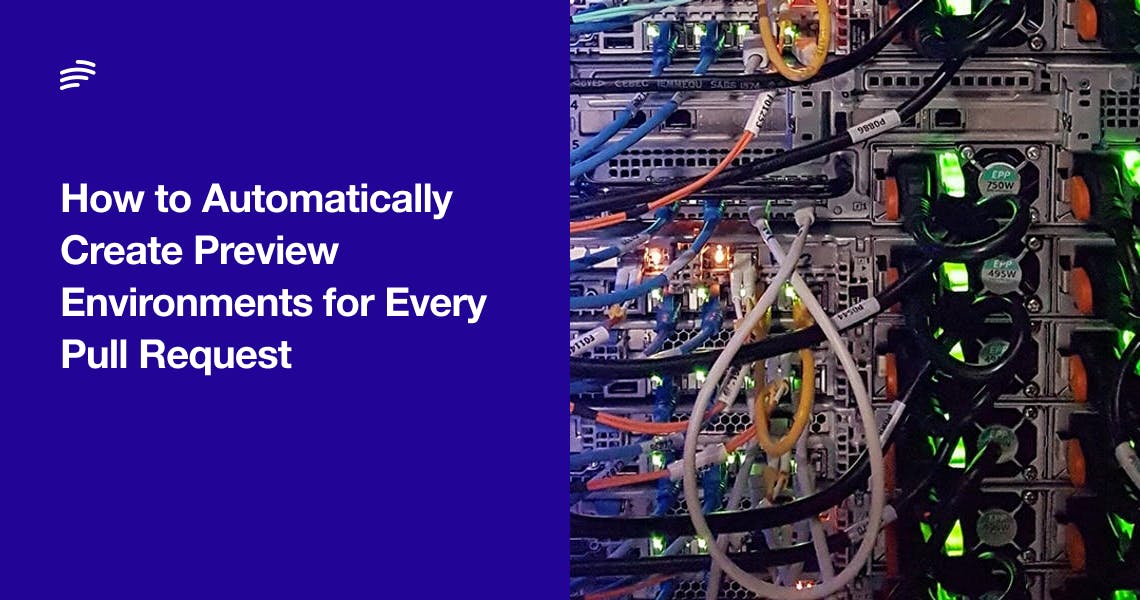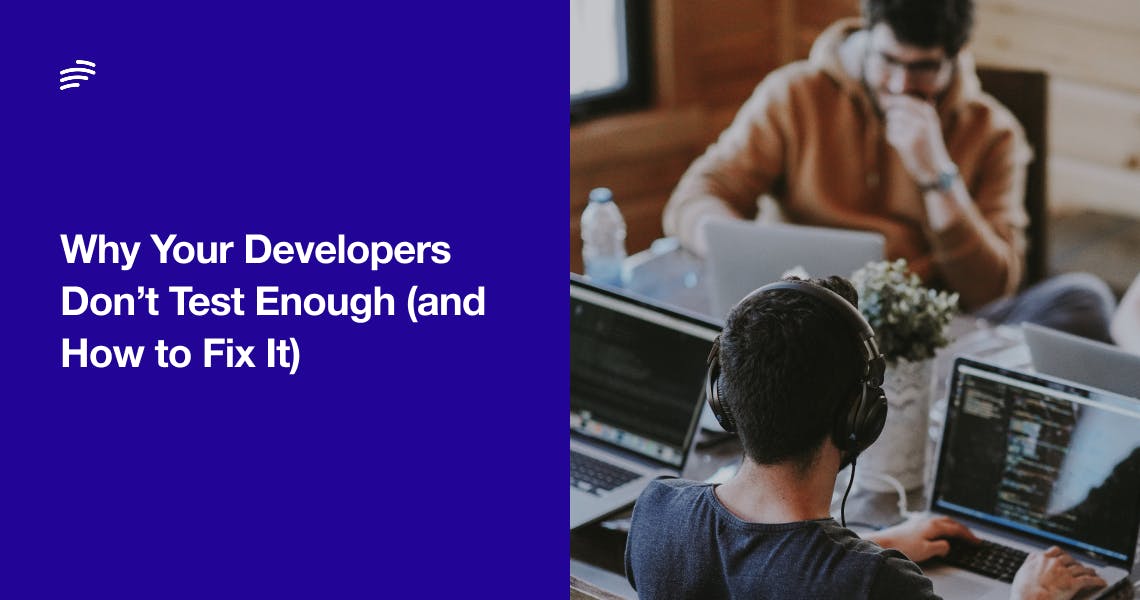Software quality assurance has changed dramatically over the past few years. Today, the velocity of software development demands more than traditional staging and shared QA environments. Releases are expected to be faster, integration cycles shorter, and quality standards higher. These pressures have inspired a growing interest in preview environments—ephemeral, production-like spaces spun up on demand for testing code changes in isolation. As 2025 approaches, organizations are discovering just how transformative these environments can be for QA processes and the broader software development lifecycle.
Read moreDiscover the most effective strategies for end-to-end testing in 2025. This whitepaper explores how modern engineering teams can improve software quality by shifting testing left, automating critical user flows, and using preview environments for every pull request. Ideal for CTOs and engineering managers leading fast-moving development teams.
Read moreStop losing sprints to late-stage feature changes. Discover why 60% of features need significant revisions after PM review, and how forward-thinking product teams are seeing features as they're built—not weeks later in staging. Learn the real cost of delayed feedback and the solution that's cutting development time by 50%.
Read moreEphemeral environments supercharge development velocity—but if left unchecked, they can quietly drain your cloud budget. The answer? Right-sizing: a strategy that tailors resource allocation to real-world usage. Done right, it can slash cloud expenses by 30% to 70%.
Let’s dive into how this works—and why more teams are making it part of their CI/CD pipelines.
Read moreFeature branches helped developers isolate code changes, but in today’s world of AI-generated code from tools like GitHub Copilot, Cursor, and Windsurf, that’s no longer enough. Startups are shipping more pull requests faster, yet still relying on outdated workflows that delay QA and increase the risk of bugs. This article explains why preview environments — which spin up full-stack, production-like environments for every PR — are a game changer. Learn how they streamline QA, speed up releases, and make testing AI-generated code safe and scalable.
Read morePreview environments make testing AI-generated code fast and safe. In this hands-on guide, you'll learn how to automatically spin up a full-stack environment for every pull request using Bunnyshell. Works with GitHub, GitLab, Docker, Kubernetes, and more - no DevOps experience required. Perfect for engineering teams using tools like GitHub Copilot, Cursor, or Windsurf who want faster feedback and cleaner releases.
Read moreAI-assisted tools like GitHub Copilot and Cursor are accelerating how fast developers write code — but most teams are still stuck in old testing workflows. The result? Pull requests are opened and merged without thorough testing, bugs slip into production, and QA becomes overwhelmed. This article explores the real reasons why developers avoid testing (hint: it’s not laziness), and shows how adding preview environments to every PR removes the friction. A must-read for startups moving fast with AI but falling short on quality.
Read more